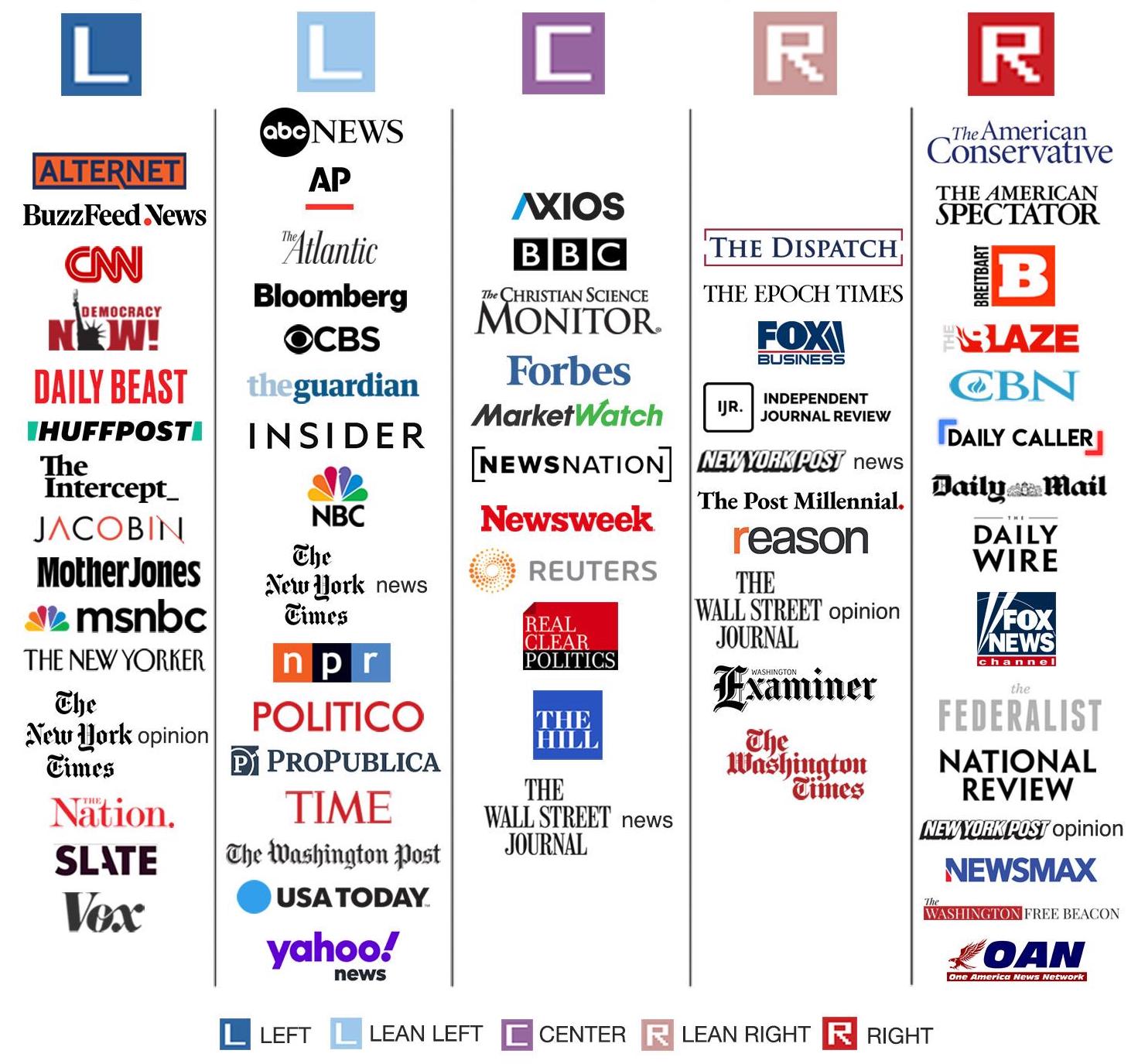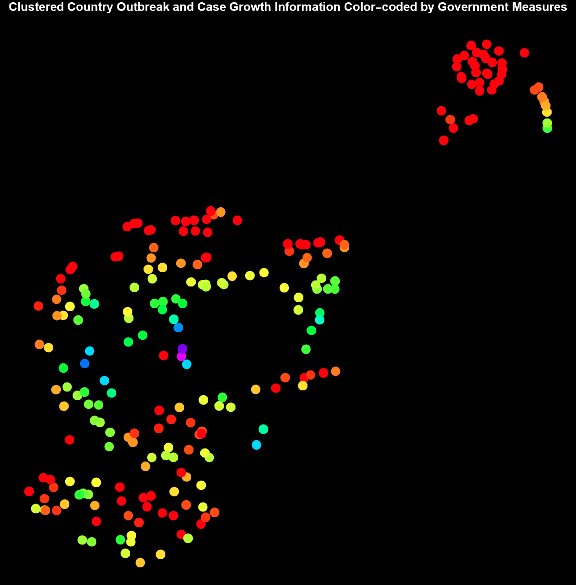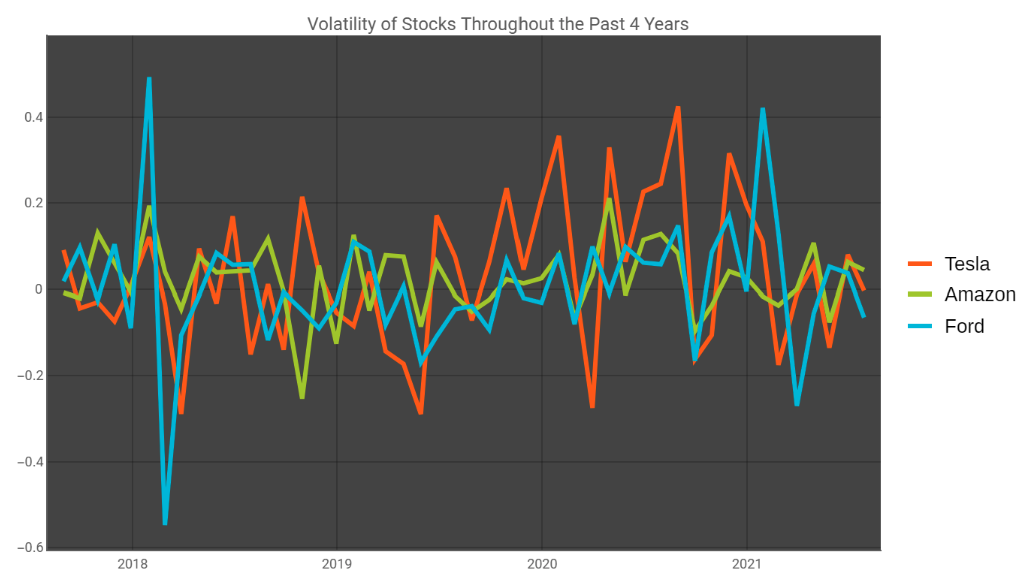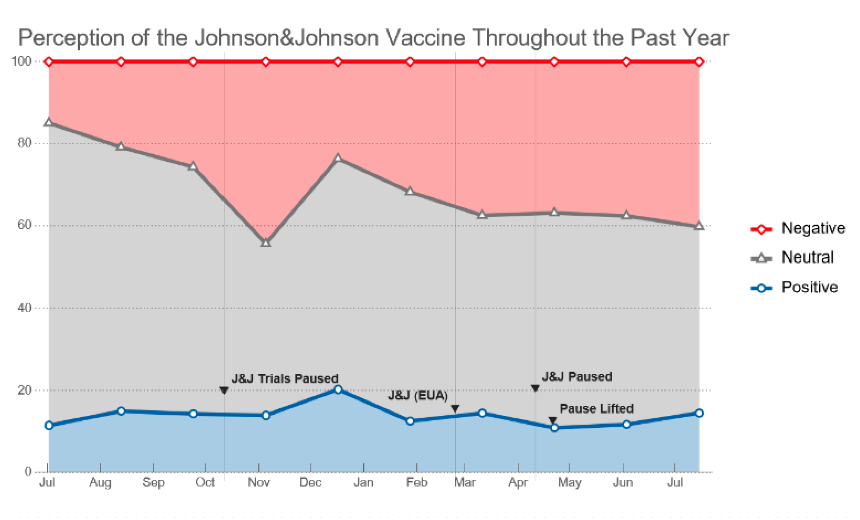RESEARCH PAPERS
My published papers in artificial intelligence, machine learning, and engineering.
Identifying and Analyzing Bias in American Media
Natural Language Processing
The purpose of news articles is to disseminate information to the public and keep people updated on current situations and real-world issues. However, it is a well-known fact that news articles for the same story can differ dramatically between media outlets. In particular, political affiliations and values are known to contribute a fair amount of bias. In 2021, my team of NLP researchers decided to explore how media companies’ positions on the political spectrum influence the way they choose to write and frame their news coverage. Through this process, we also hoped to gain a better understanding of the limits of our personal views and glean some insight into how different beliefs cause shifts in perspective and focus.
Correlating COVID-19 Government Measures to Biweekly & Daily Outbreaks
Artificial Intelligence & Data Science
The devastation wrought by COVID-19 has not spared a single one of the 195 countries in the world. To help contain and fight the virus, each country handled the virus differently, implementing a small or large number of government measures. Some countries, like Japan, only implemented 2 government measures against COVID-19 in 2020. Countries like Hungary, on the other hand, implemented a whopping 67. However, did the number of government measures implemented by each country influence their control of the virus? If so, to what extent did these government measures make a difference? With data about all government measures taken against COVID-19 from each country in 2020, along with statistics about daily new COVID-19 cases and biweekly case growth for each country, we can answer this question.
Classifying Stocks by their Price Volatility
Artificial Intelligence & Data Science
Looking at the stock graphs of cryptocurrencies on Yahoo Finance, it was apparent how drastically their price fluctuated. One day they were up 20%, then the next they were down by 30%. In stock terms, these are what are called volatile stocks. There are many ways to measure stock volatility, such as standard deviation and maximum drawdown, but as I was looking into how we could measure volatility, I thought: Wouldn't it just be easier to measure their percent profit or loss over time? For example, if Apple is currently at $146, and the stock goes up to $153.3 after a month, that would be a 5% increase. In the next month, say the price went down to $150. Although the price is approximately 2.7% higher than 2 months ago, in respect to the price of Apple in the previous month, it would be around a 2% decrease. I wanted to visualize these changes over time. And not just for a bunch of random stocks, for all stocks in the S&P500, Dow Jones Industrial Average, all cryptocurrencies available with the Wolfram Data Repository, and 30 hand-picked stocks classified as 'extremely volatile'. In addition, since I look at both non-volatile and volatile stocks, it is best to categorize what is done in this project as finding fluctuation or percent change over time instead of volatility of stocks.
Analyzing COVID-19 Vaccine Sentiment over Time
Natural Language Processing & Data Visualization
Ever since their introduction, COVID-19 vaccines have been one of the hottest topics of debate in the world. Many say they are what will save us from this pandemic. Others say that they will destroy your DNA. But exactly how many people support vaccines? How many are against them? Did the perception of vaccines change over time? To answer these questions, I went to Reddit, the popular social media platform where unlike Facebook and Twitter, everyone is anonymous and has more freedom to express their true opinions. Using the Reddit Pushshift API, I got comments and posts from select time periods throughout the past year, and used natural language processing to classify their sentiment. Seeing how people perceived the general term “vaccines” would be quite ambiguous, however. I needed to see how people perceived the most influential vaccines individually. In particular, I analyzed the changing perception of COVID-19 vaccines from Pfizer BioNTech, Moderna NIAID, Johnson & Johnson, Sinovac, Sinopharm, and AstraZeneca. Out of curiosity, I also analyzed the perception of mRNA and anti-vaxxers. The data is quite interesting, and extremely unexpected.




